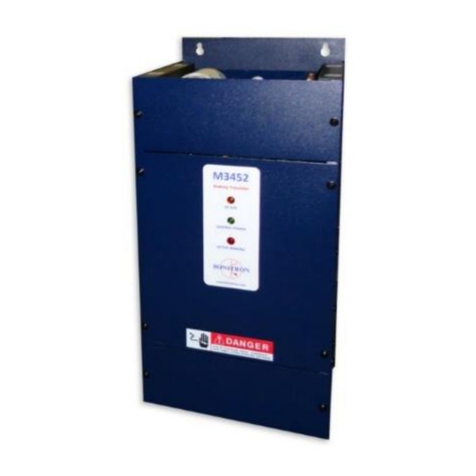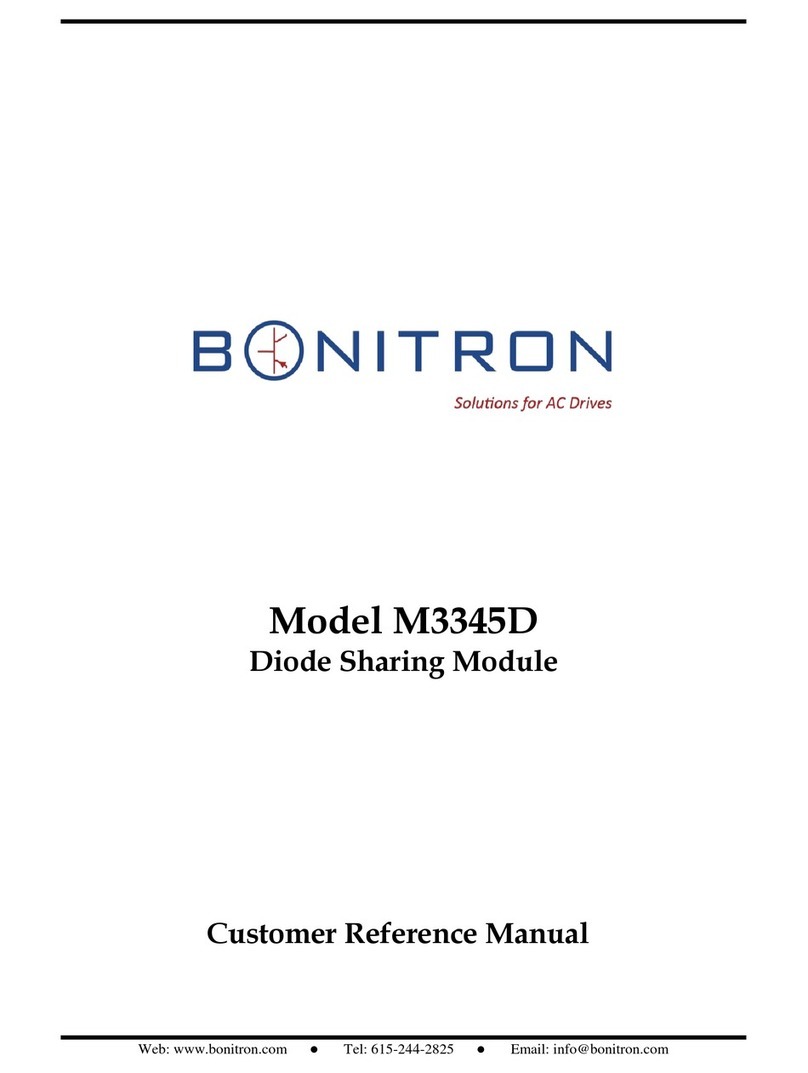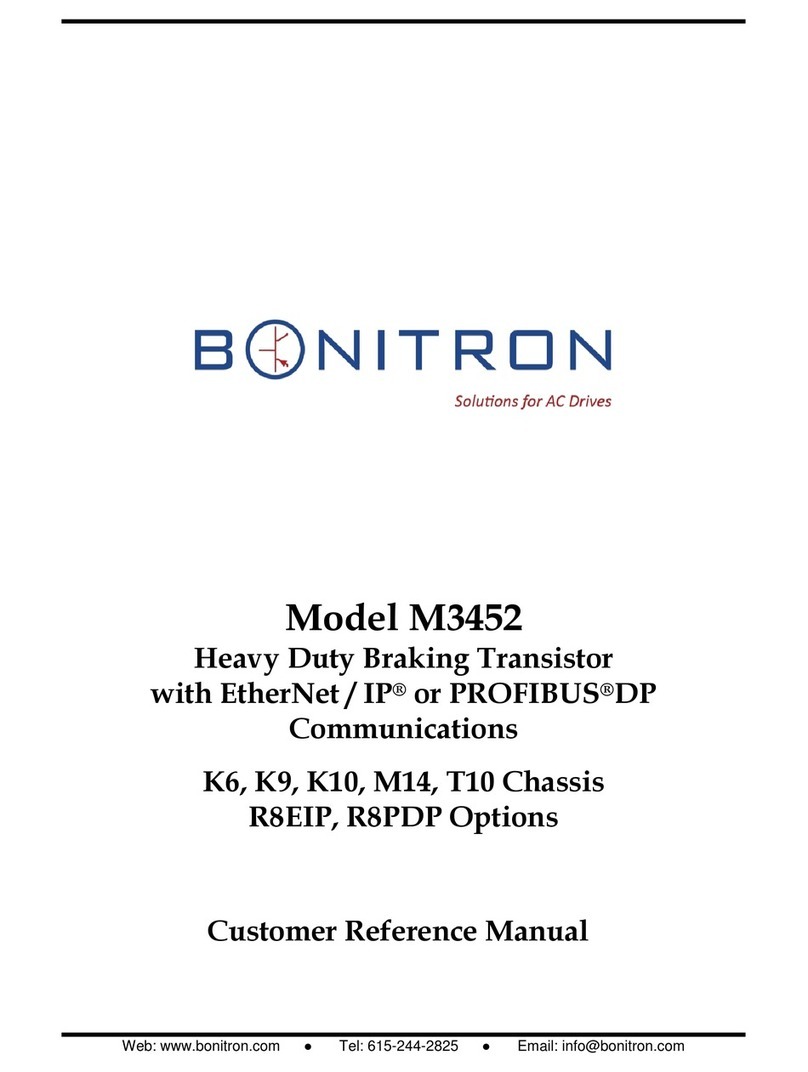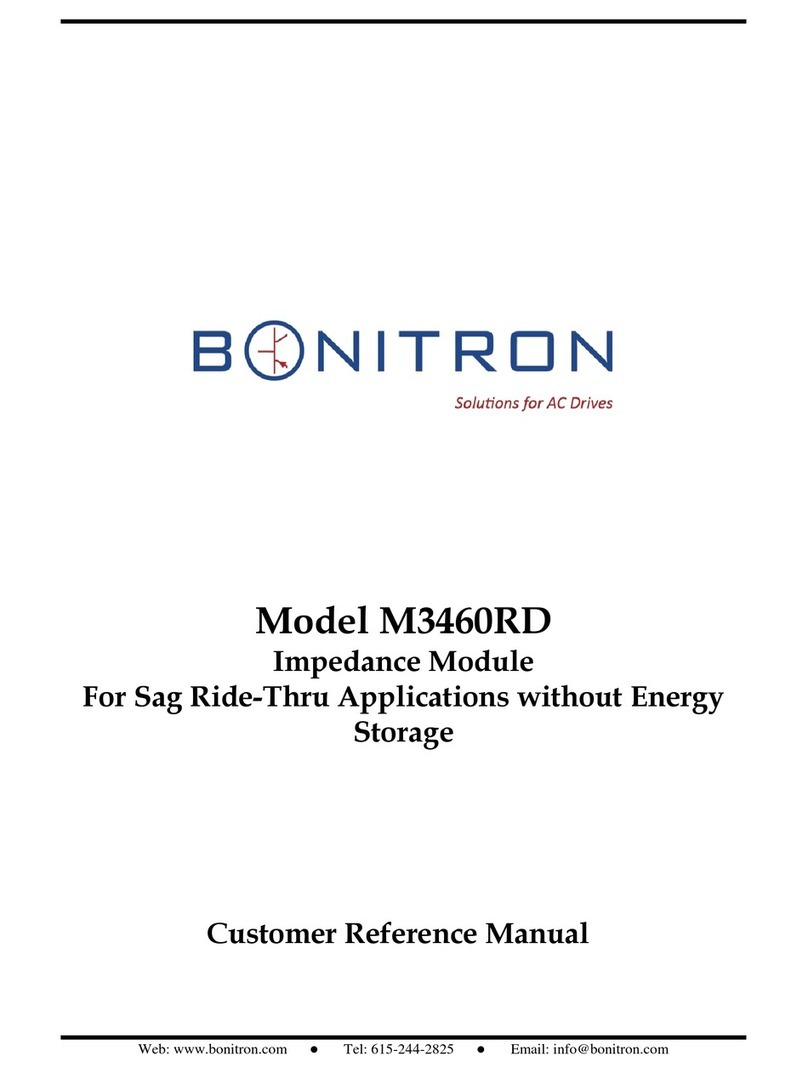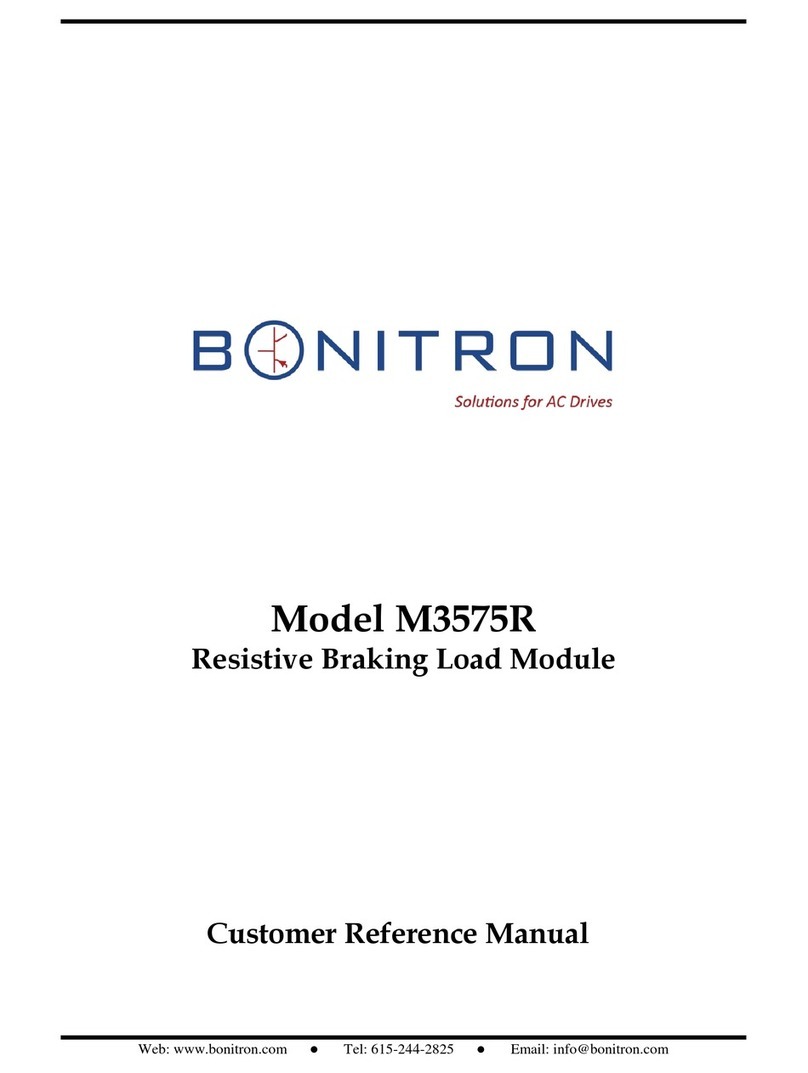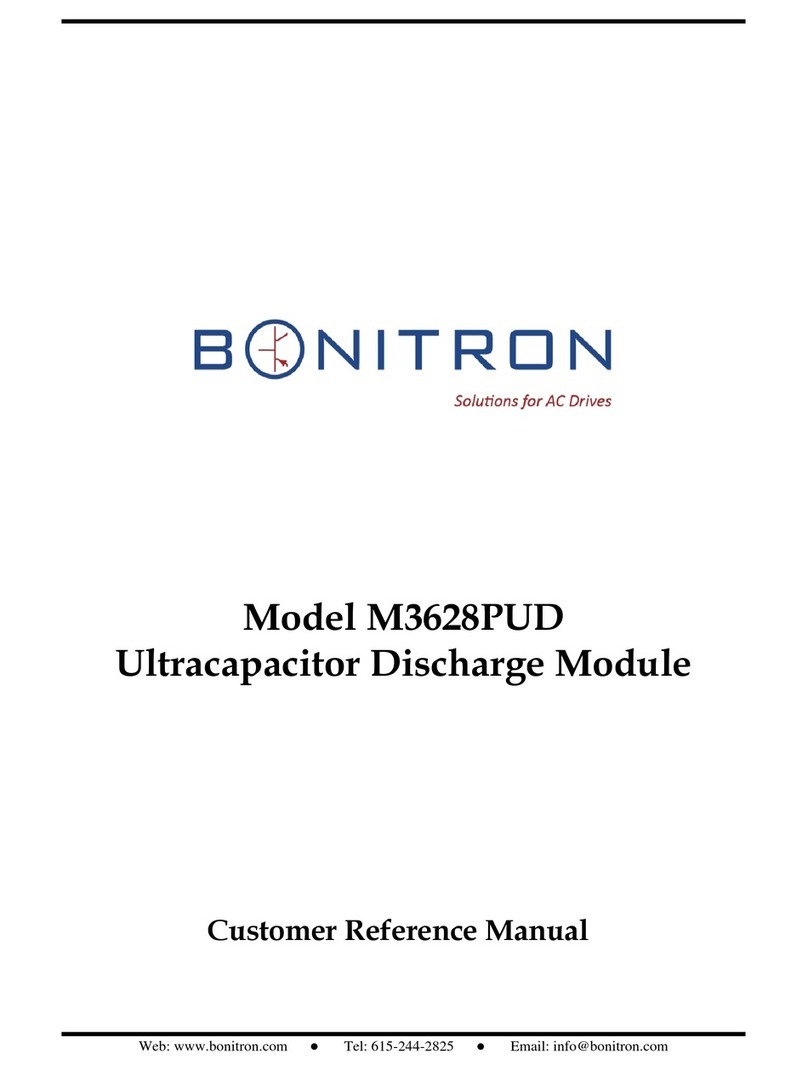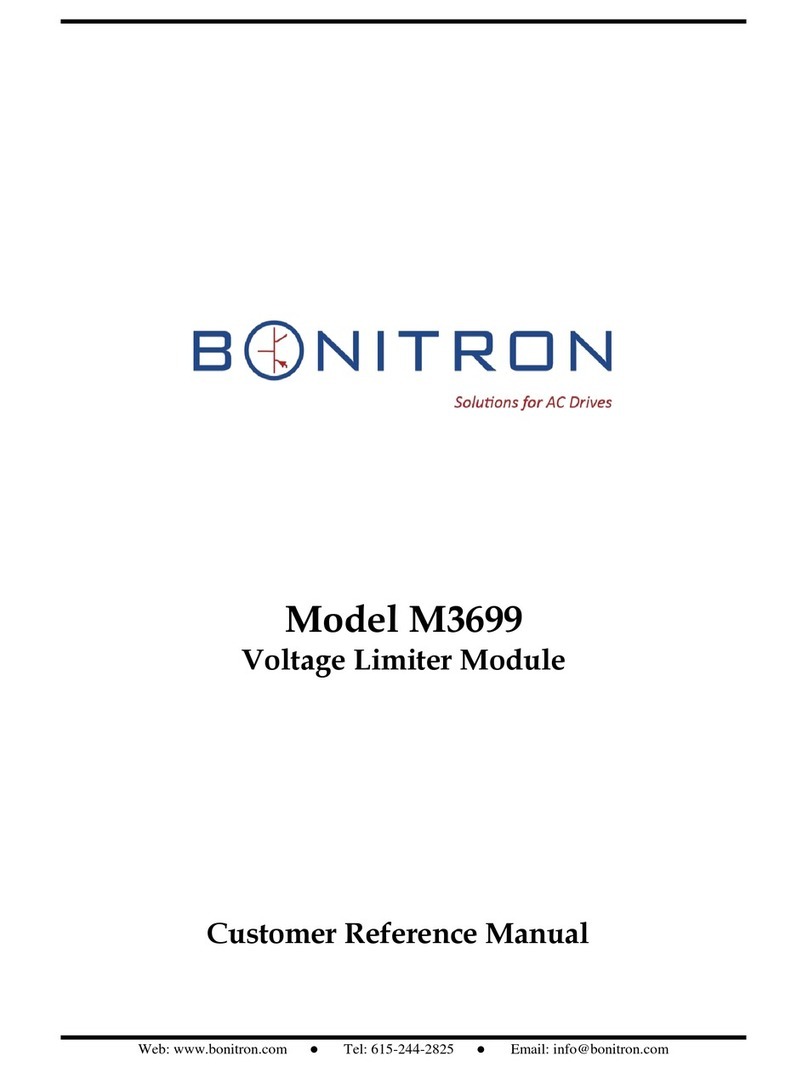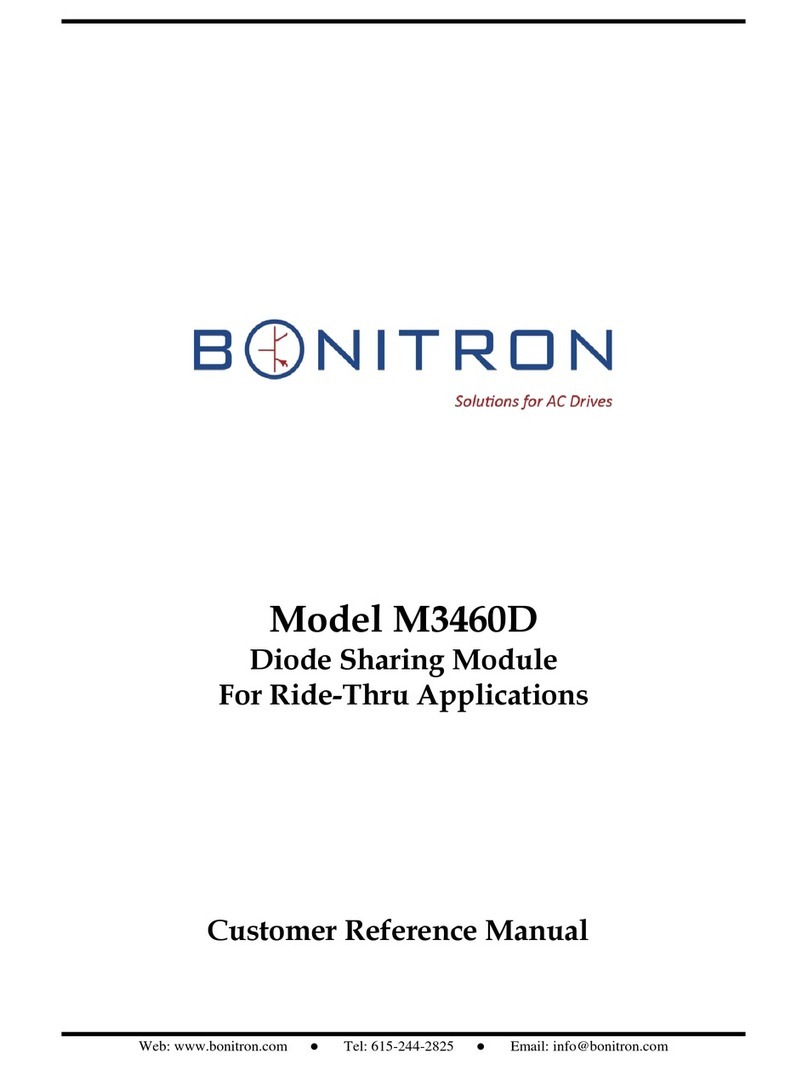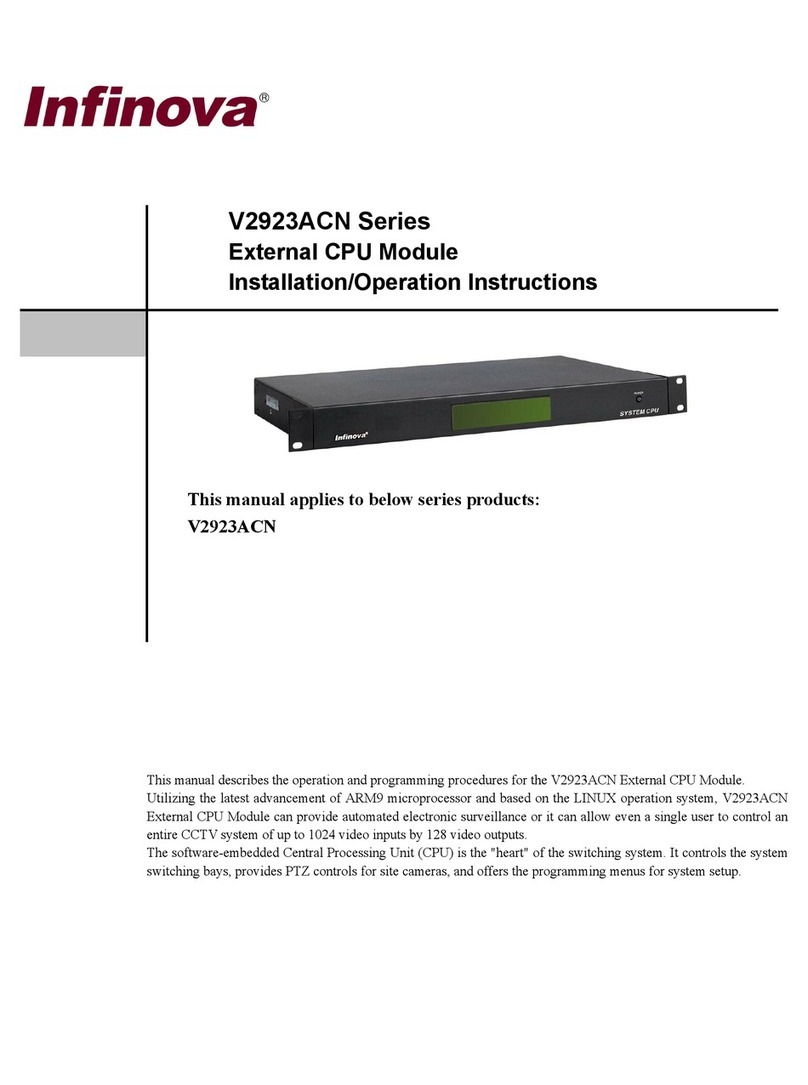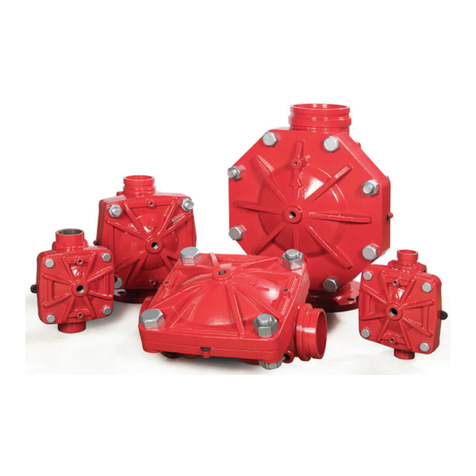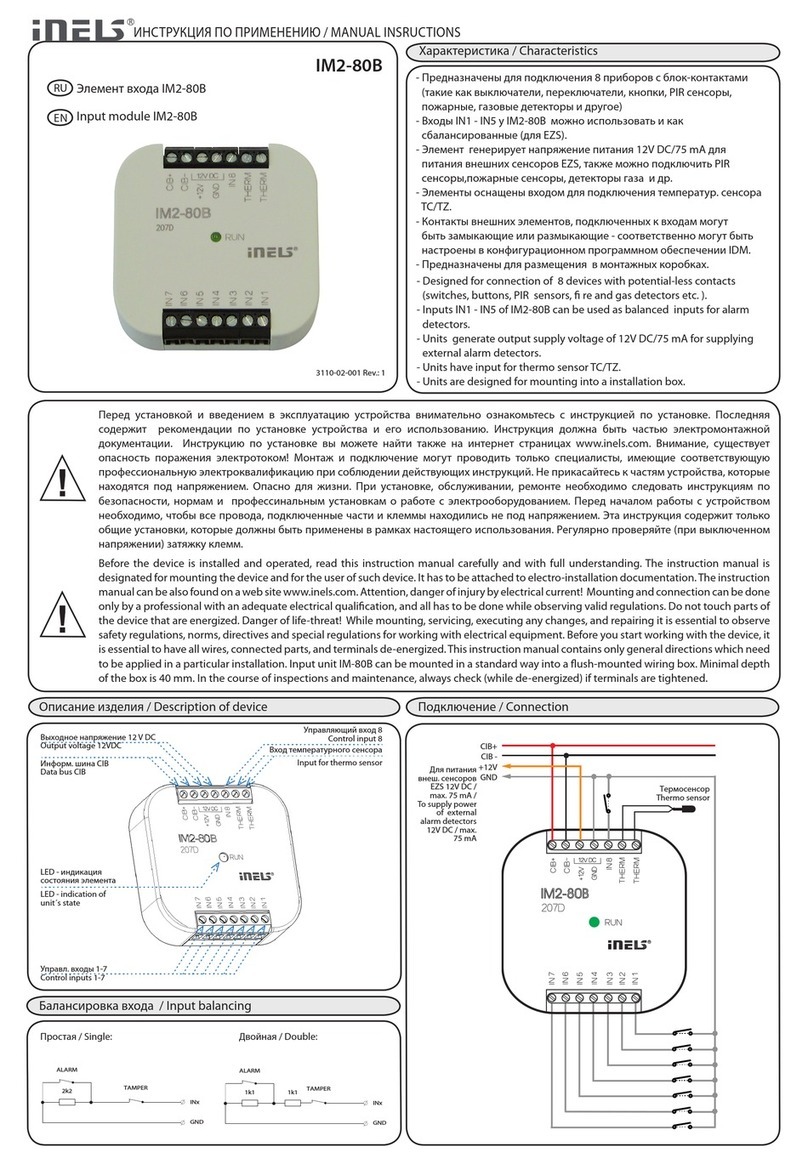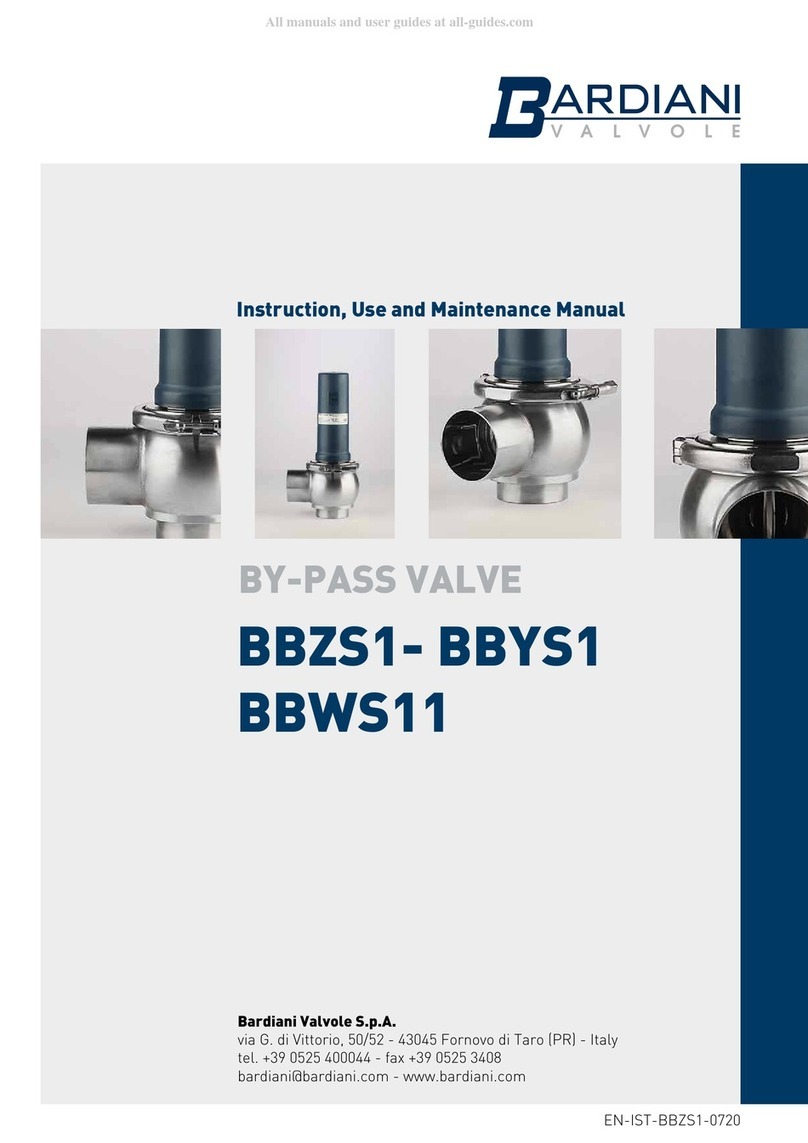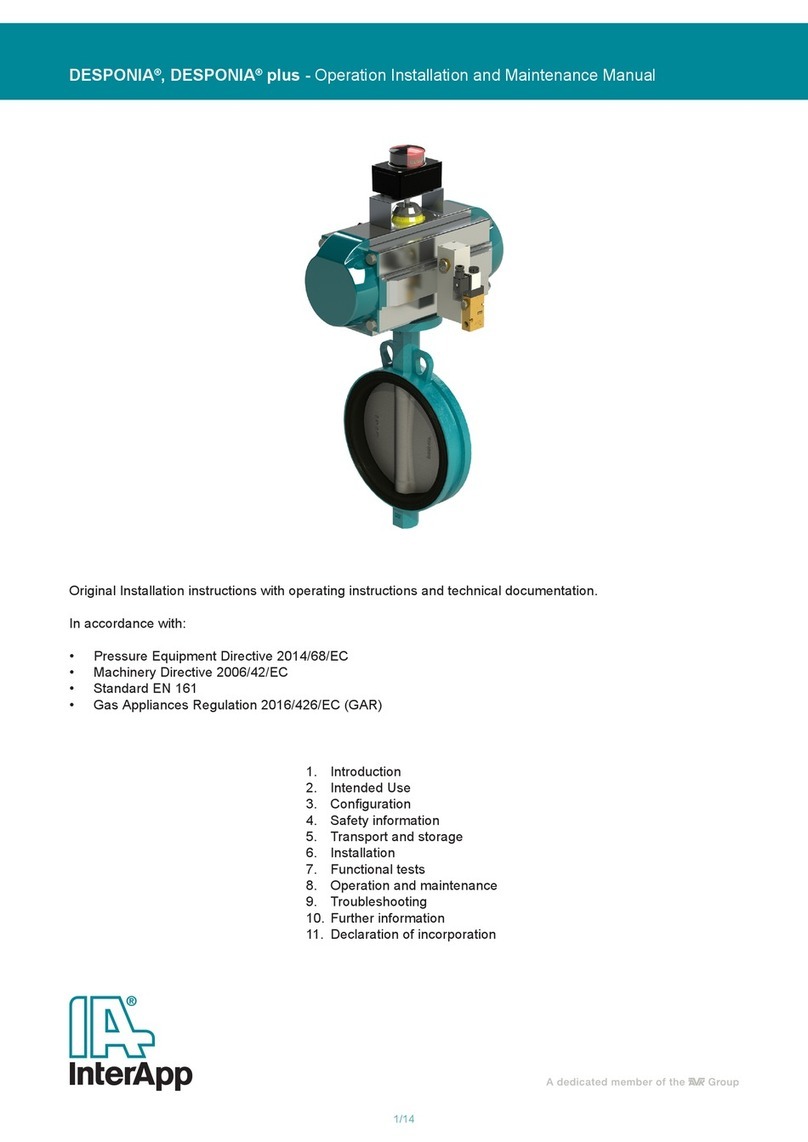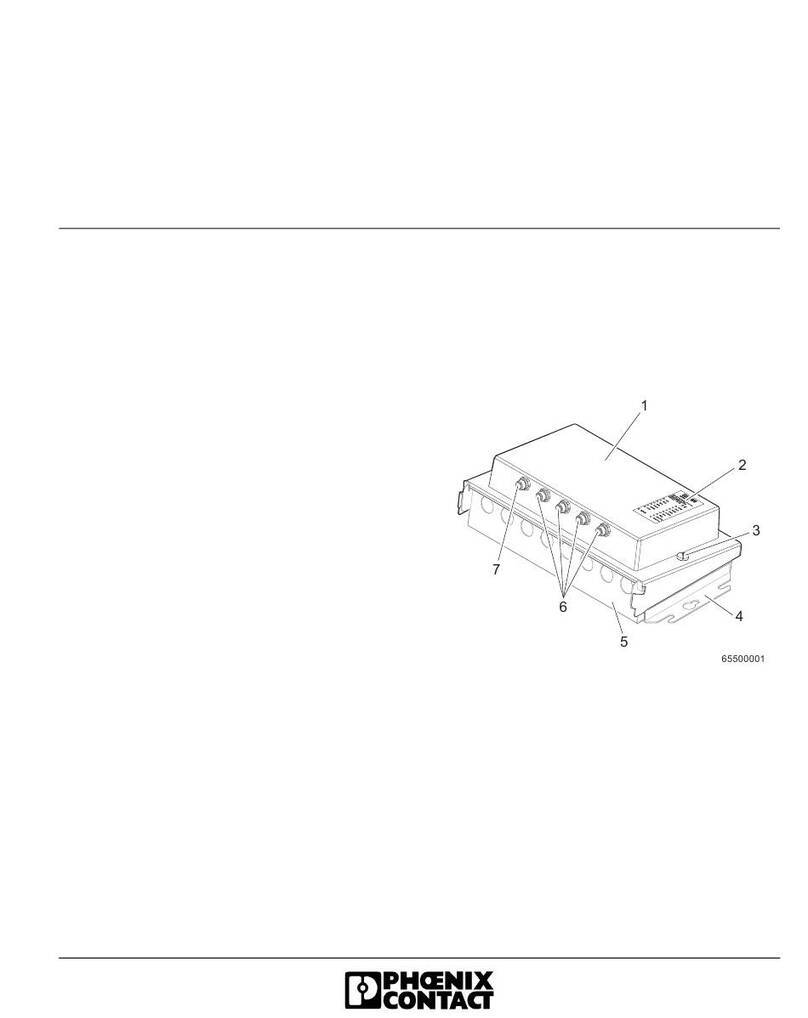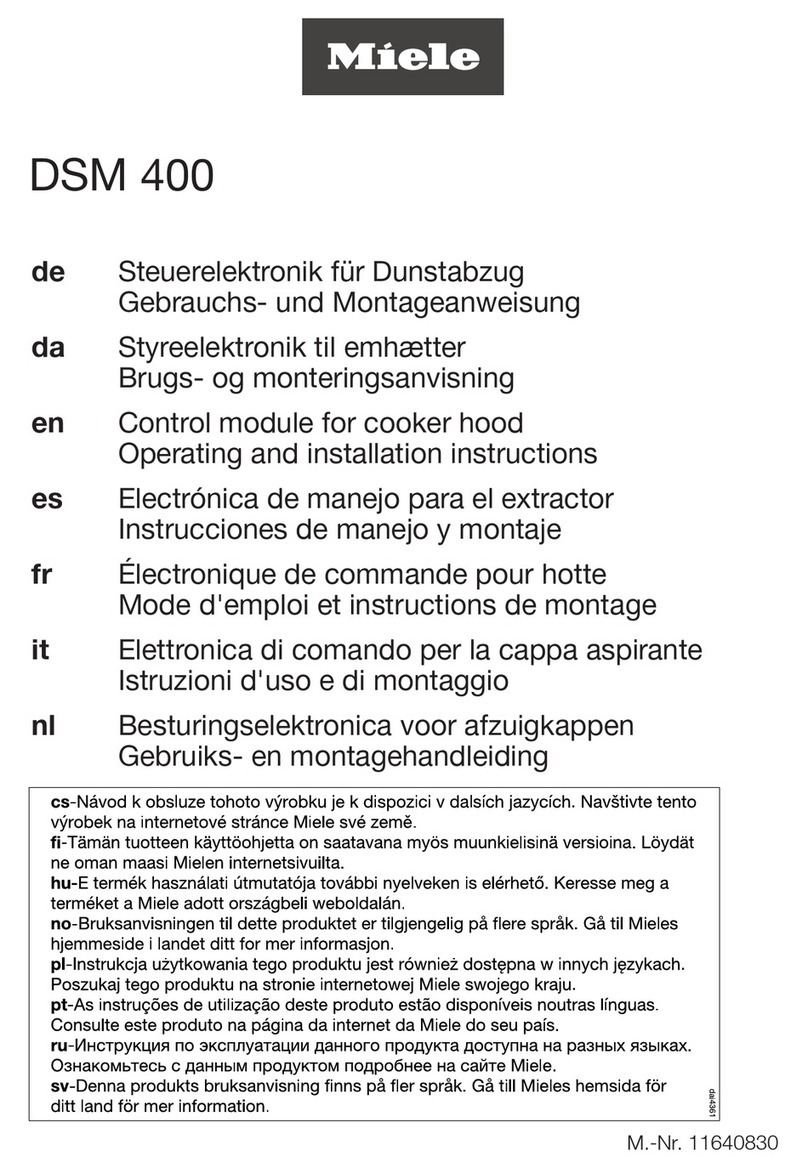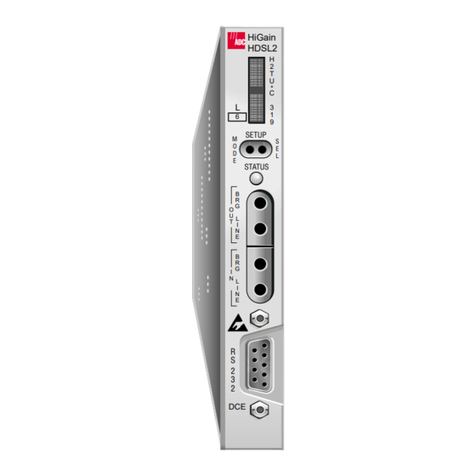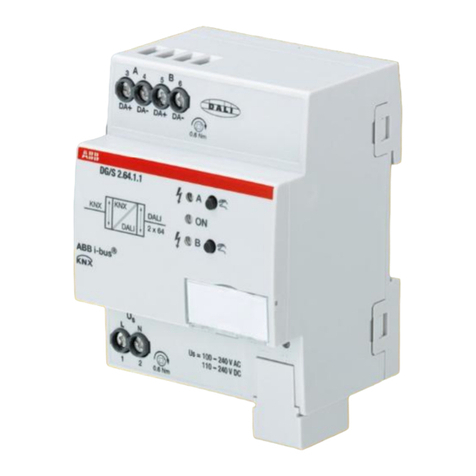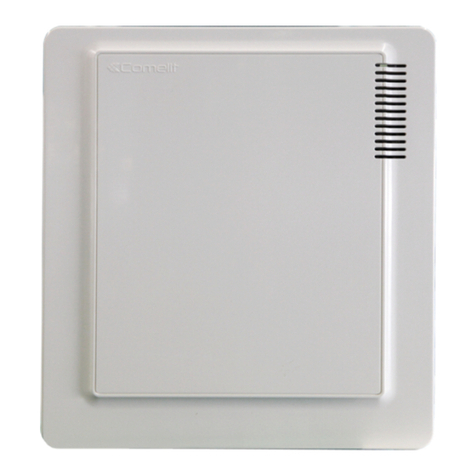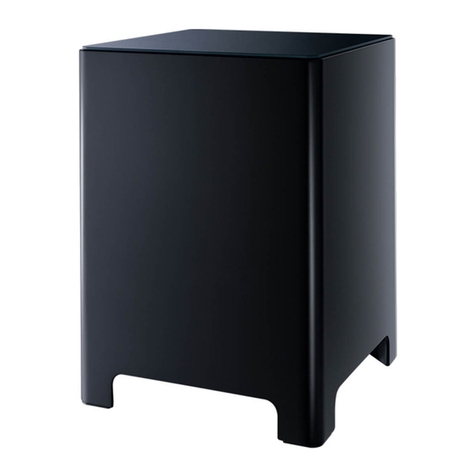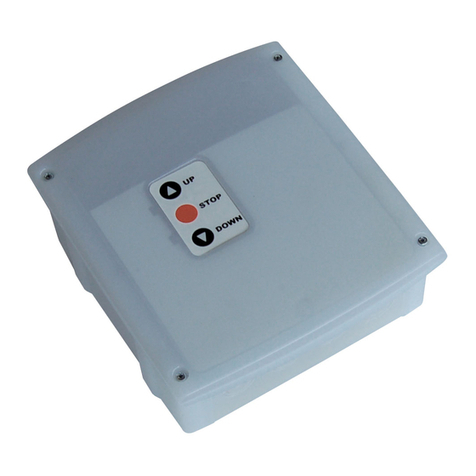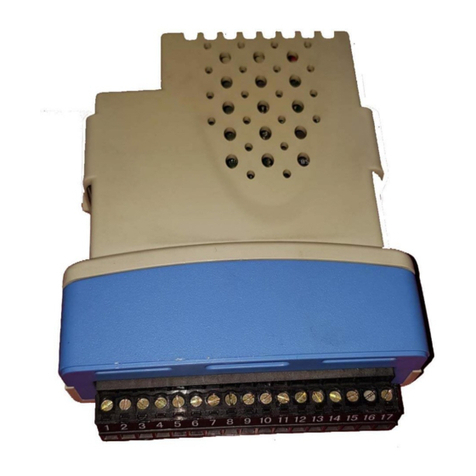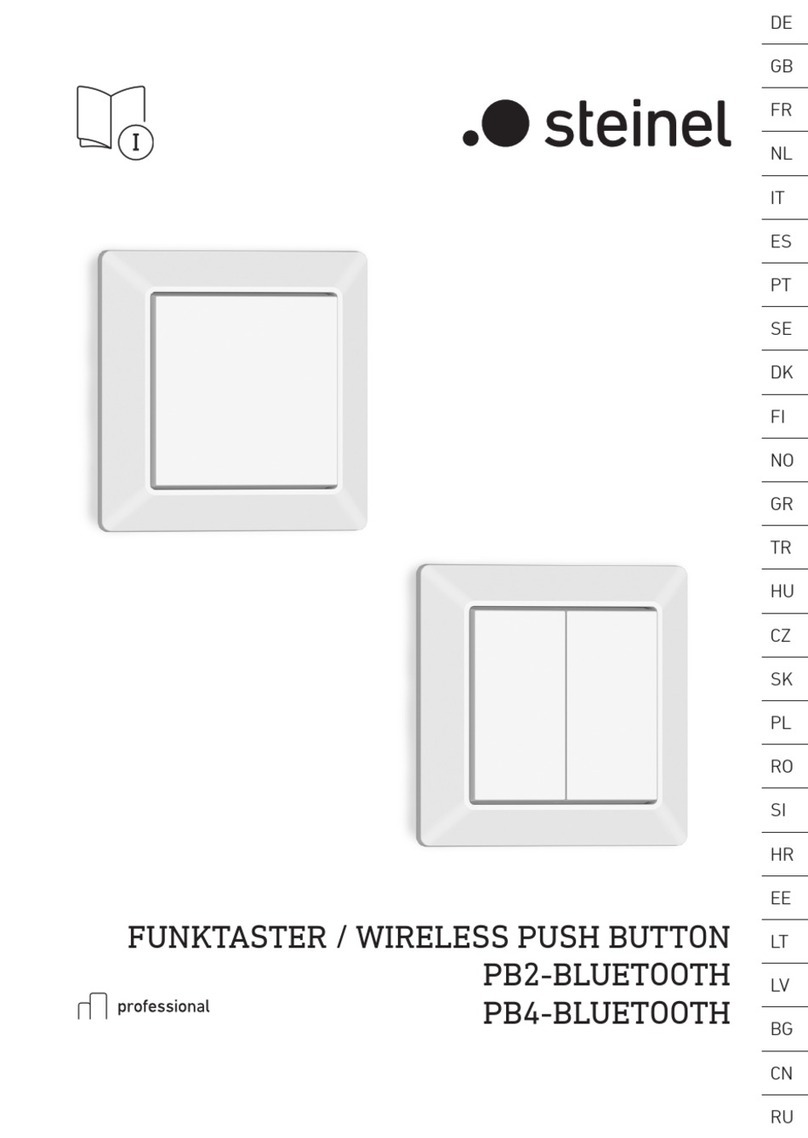
Table of Contents
5
1. INTRODUCTION............................................................................................................. 7
1.1. Who Should Use...........................................................................................................7
1.2. Purpose and Scope......................................................................................................7
1.3. Manual Version and Change Record............................................................................7
Figure 1-1: Model M3528M2.........................................................................................................7
1.4. Symbol Conventions Used in this Manual and on Equipment.......................................8
2. PRODUCT DESCRIPTION................................................................................................ 9
2.1. Related Products..........................................................................................................9
2.2. Part Number Breakdown ..............................................................................................9
2.3. General Specifications..................................................................................................9
Table 2-1: General Specifications Chart.......................................................................................9
2.4. General Precautions and Safety Warnings.................................................................10
3. INSTALLATION INSTRUCTIONS...................................................................................... 11
3.1. Environment...............................................................................................................11
3.2. Unpacking ..................................................................................................................11
3.3. Mounting.....................................................................................................................11
3.4. Wiring and Customer Connections.............................................................................11
Figure 3-1: Typical Interconnection Diagram..............................................................................12
3.4.1. Power Wiring.....................................................................................................................12
3.4.2. I/O Wiring..........................................................................................................................12
Table 3-1: Wiring Specifications .................................................................................................13
4. OPERATION ............................................................................................................... 15
4.1. Functional Description................................................................................................15
4.2. Features.....................................................................................................................15
4.2.1. Connectors........................................................................................................................15
4.2.2. Jumpers ............................................................................................................................16
Table 4-1: Setpoint Range Jumper Configurations ....................................................................16
4.2.3. Potentiometers..................................................................................................................17
Table 4-2: Setpoint Adjustment Sensitivity.................................................................................17
Figure 4-1: Front View ................................................................................................................18
5. MAINTENANCE AND TROUBLESHOOTING ...................................................................... 19
5.1. Troubleshooting..........................................................................................................19
6. ENGINEERING DATA ................................................................................................... 21
6.1. Ratings Charts............................................................................................................21
Table 6-1: M3528M2 Ratings Chart............................................................................................21
Table 6-2: Recommended Settings............................................................................................21
6.2. Dimensions and Mechanical Drawings .......................................................................21
Figure 6-1: M3528M2 Chassis Dimensional Outline ..................................................................21
NOTES........................................................................................................................................21





















